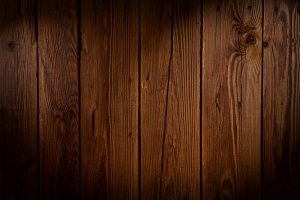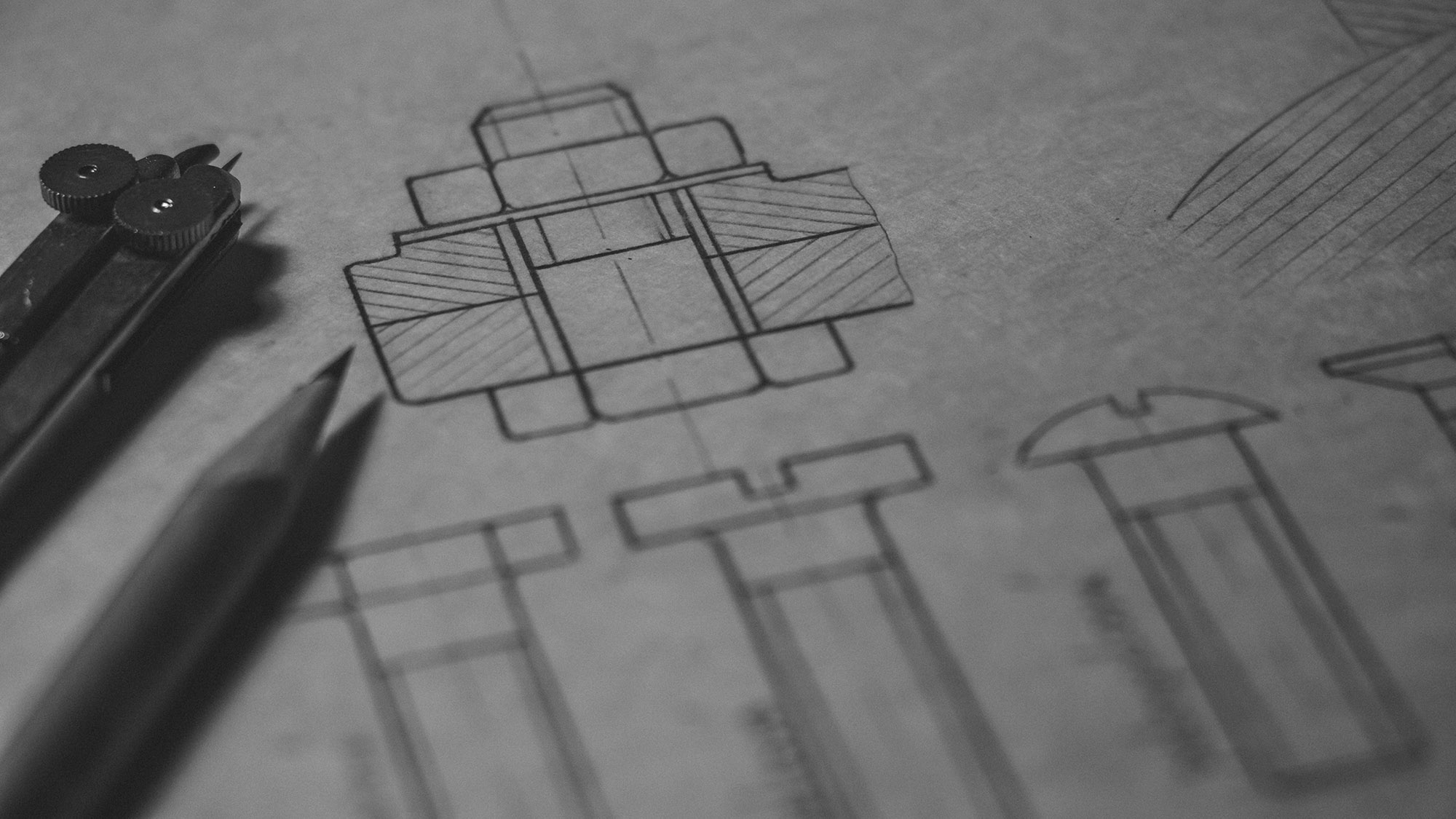The architectural style has changed radically over my life concerning the way materials are appreciated and used. Changes in the perception of wood during architectural history continue to affect how we utilize the material now, influencing our built environments and interior layout choices. Timber is currently being used for all purposes from frames to architectural timber screens.
When I was studying architecture at RMIT, I had been witness to an important change –it was the late 70s and architects started using wood in a more daring, unfinished way. There was a wave of architects in Australia—those I know in Victoria comprised Kevin Borland, Graham Gunn, Max May and Daryl Jackson—who had grown from the modernist movement and discovered a new pleasure in using materials in a very fair manner.
This involvement with organic materials also came off the back of the development of Melbourne into outlying suburbs where there was lots of natural bush. You started to see homes with raw, unpainted timbers, rough-sawn lumber still hairy on the surface just left as is, whole treated pine posts, or entire trees are thrown into the ground, together with all the structures stretching off the trunks.
They created a few very identifying houses that are still appreciated today. It is often known as the ‘nuts and berries’ era and it had been my first introduction to what timber could be for a young architect.
As I started working in the industry from the early 80s onwards, design swung away from this approach. This Postmodern period was a lot more refined, more concerned with colour and surface finish–it had been more artificial.
In the case of wood, that frequently intended costly and exotic veneers like sassafras and American walnut. All the solid timber was hidden in frames and covered over with render and aluminium sheeting.

Since the turn of the century, there’s been a gradual but continuous swing back to a more fair, free-form approach to design, which has slowly accepted wood for material with underlying ethics.
I believe that’s been driven by a number of variables. Partly it has environmental problems –we now realise what embodied energy is, and the ecological cost of transporting and producing different materials.
From the research that has been conducted lately, we know that roughly 50 per cent of the dry weight of wood is carbon that is taken in by trees, and kept in the timber forever. So by using certified, sustainably sourced wood —timber that’s allowed to grow back again, there is this ongoing resource for the world to assemble from, with not as much impost on the environment than most other substances.
Wood also gives a sense of identity. By way of example, individuals are now happy to celebrate beautiful local timbers such as Victorian ash. Culturally I believe we are more accepting of imperfection—we hunt spaces that have not been covered up with a veneer of luxury but are expressing the pure beauty of the substances used. This is exactly why you see timber facade on the faces of many beautiful and modern establishments.
Since 2000, there’s been a tendency to depart timber and other materials such as brick, concrete and rammed earth in their normal state–nearly going back to the ‘berries and nuts’ design, but using more sophisticated building forms.
It’s not just the sustainability, beauty and strength of timber which attracts us also the health we get out of being about the timber. We are natural, breathing organisms—I believe we have an inborn affinity with wood and natural materials.
Technology expands chances
Recent advances in computer technology and a better comprehension of wood’s properties mean we can now be inventive in the use of wood products, these are generally known as engineered wood or mass wood building systems. This new high-strength, bonded timbers, including CLT (cross-laminated wood ) and LVL (laminated veneer lumber) have enabled us to build 16-storey buildings entirely from solid timber –except for the glass from the windows!
Looking forward to the future
It’s been a wonderful journey for me since I’ve always enjoyed using timber in my design. Now, however, due to the research and technology available, there’s this new frontier that is pushing the use of timber to new realms.
I am interested in performing buildings in which the entire core of the building and most of the surfaces are just raw wood that you may actually touch and texture in its natural state. I think we’re moving towards an understanding that we’re not here forever, and we age and change–as most of the organic substances do.
There is more acceptance today that timber will change in colour and it will weather, but also a realisation that maybe that’s how the world ought to be. The use of the pure, raw untreated substance is becoming more enlightened, and I’m thrilled to be a part of it.
